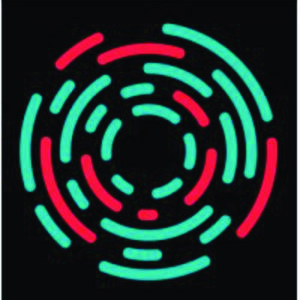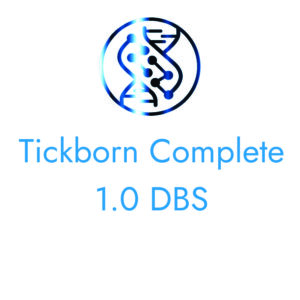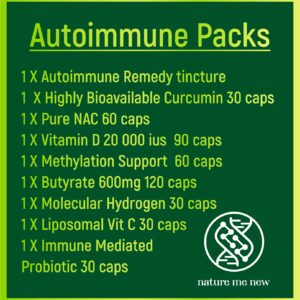IgG Food MAP with Candida + Yeast (192) – Dried Blood Spot (DBS).
R5 745.00
Interpreation is included in pricing
IgG is the major antibody found in serum. IgGs are composed of two fragment antigen binding (Fab) regions that contain the antigen binding sites and the Fc region, which is responsible for most of the biologic activity of the antibodies (Figure 1). An antigen is a substance that causes the immune system to produce an antibody that specifically reacts with it. IgG-mediated reactions to food antigens may be delayed by several hours or days, whereas IgE food antibody reactions are quite immediate.
Human IgG is separated into four subclasses denoted IgG1, IgG2, IgG3, and IgG4. Each subclass varies in abundance and biological function. IgG1 and IgG3 are predominantly responsible for antibody protection against reinfection. IgG2 antibodies are opsonic (marking a pathogen for ingestion and destruction) and develop in response to carbohydrate polysaccharide antigens. IgG4 molecules function as skin-sensitizing immunoglobulins and are thought to block antibodies produced in response to chronic exposure to antigens.
IgG is the major antibody found in serum. IgGs are composed of two fragment antigen binding (Fab) regions that contain the antigen binding sites and the Fc region, which is responsible for most of the biologic activity of the antibodies (Figure 1). An antigen is a substance that causes the immune system to produce an antibody that specifically reacts with it. IgG-mediated reactions to food antigens may be delayed by several hours or days, whereas IgE food antibody reactions are quite immediate.
Human IgG is separated into four subclasses denoted IgG1, IgG2, IgG3, and IgG4. Each subclass varies in abundance and biological function. IgG1 and IgG3 are predominantly responsible for antibody protection against reinfection. IgG2 antibodies are opsonic (marking a pathogen for ingestion and destruction) and develop in response to carbohydrate polysaccharide antigens. IgG4 molecules function as skin-sensitizing immunoglobulins and are thought to block antibodies produced in response to chronic exposure to antigens.
Additional information
| Weight | 1 g |
|---|---|
| Dimensions | 15 × 15 × 5 cm |









